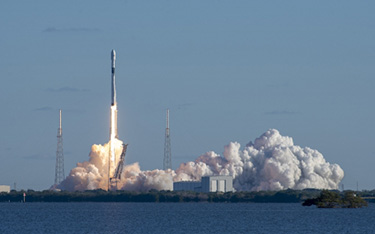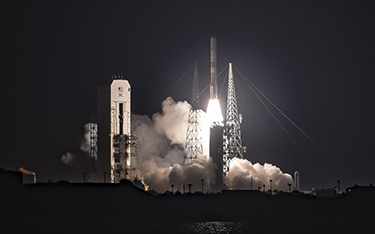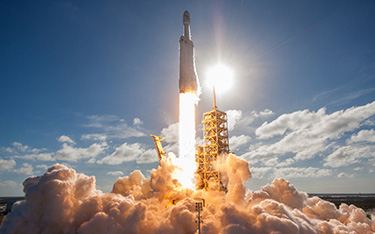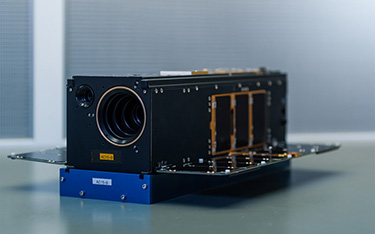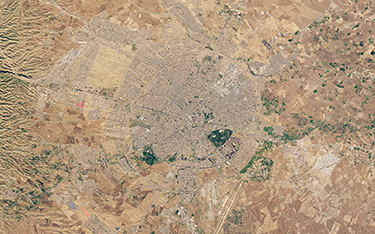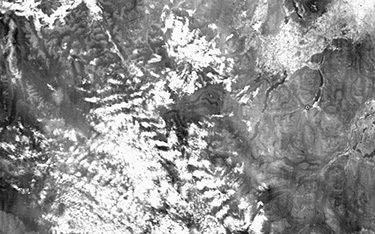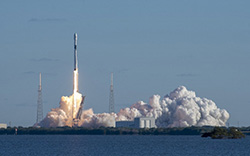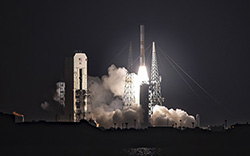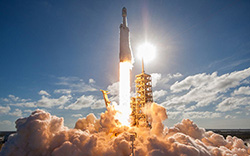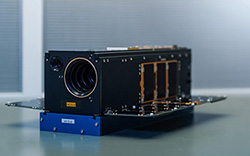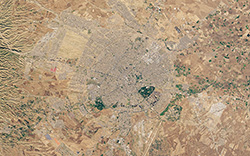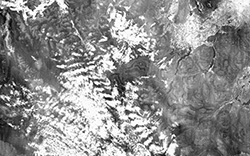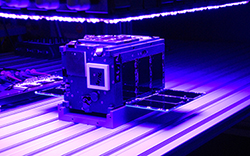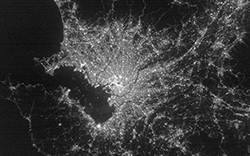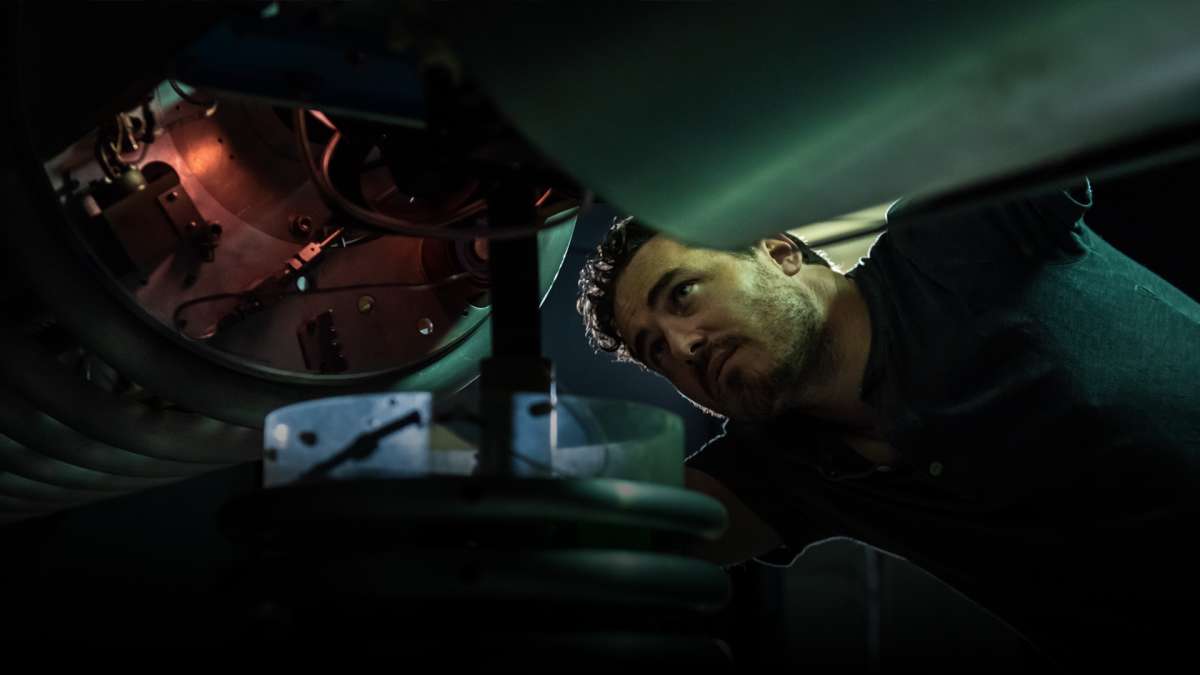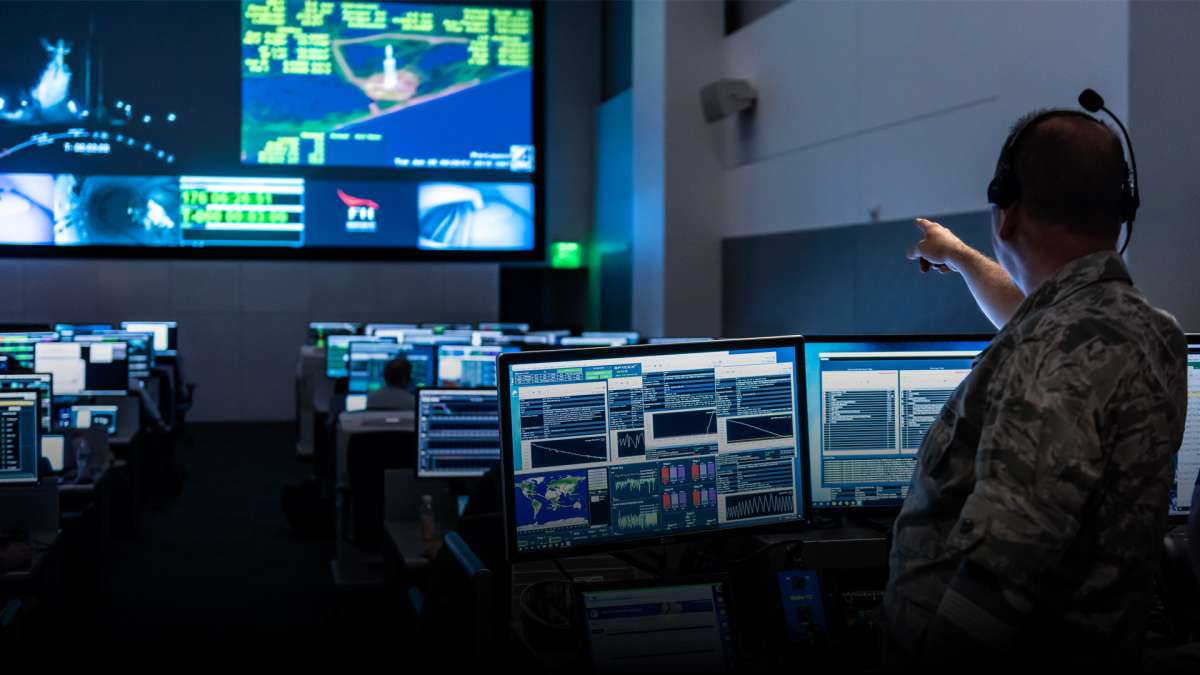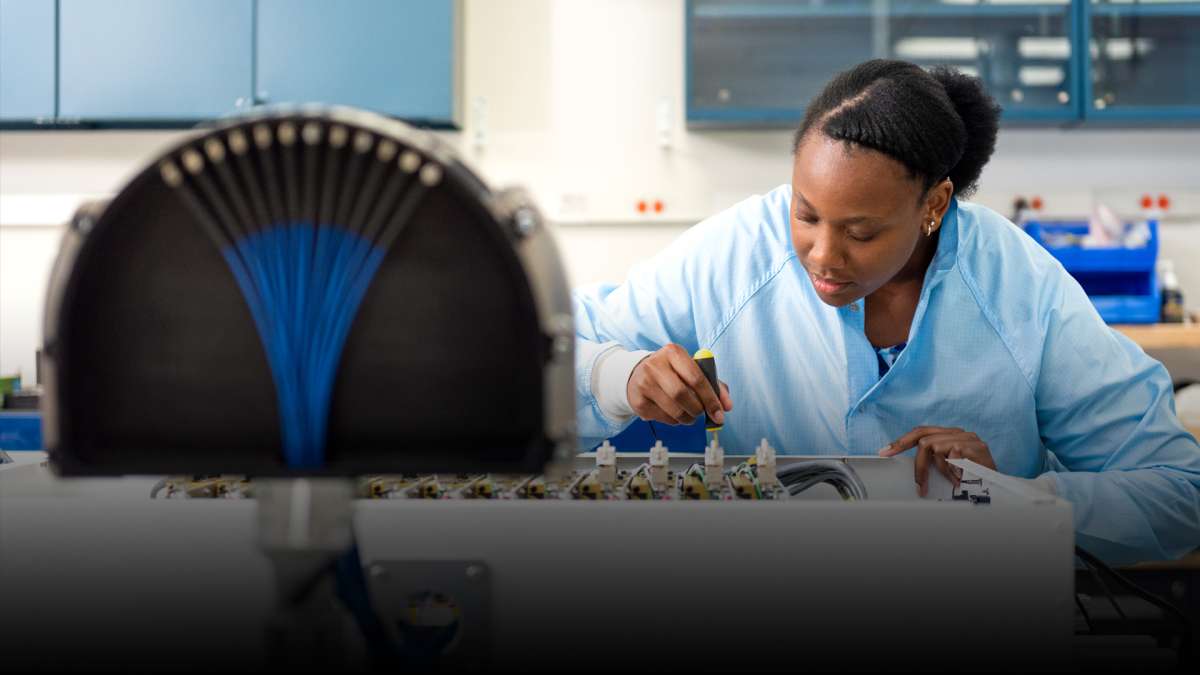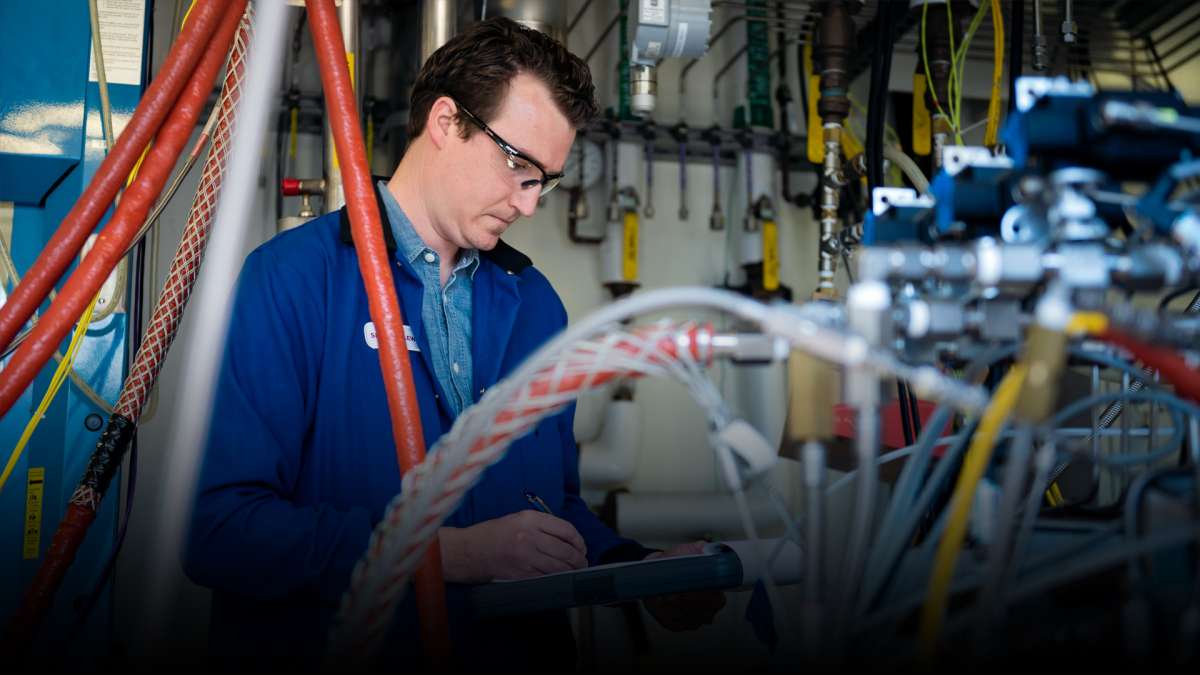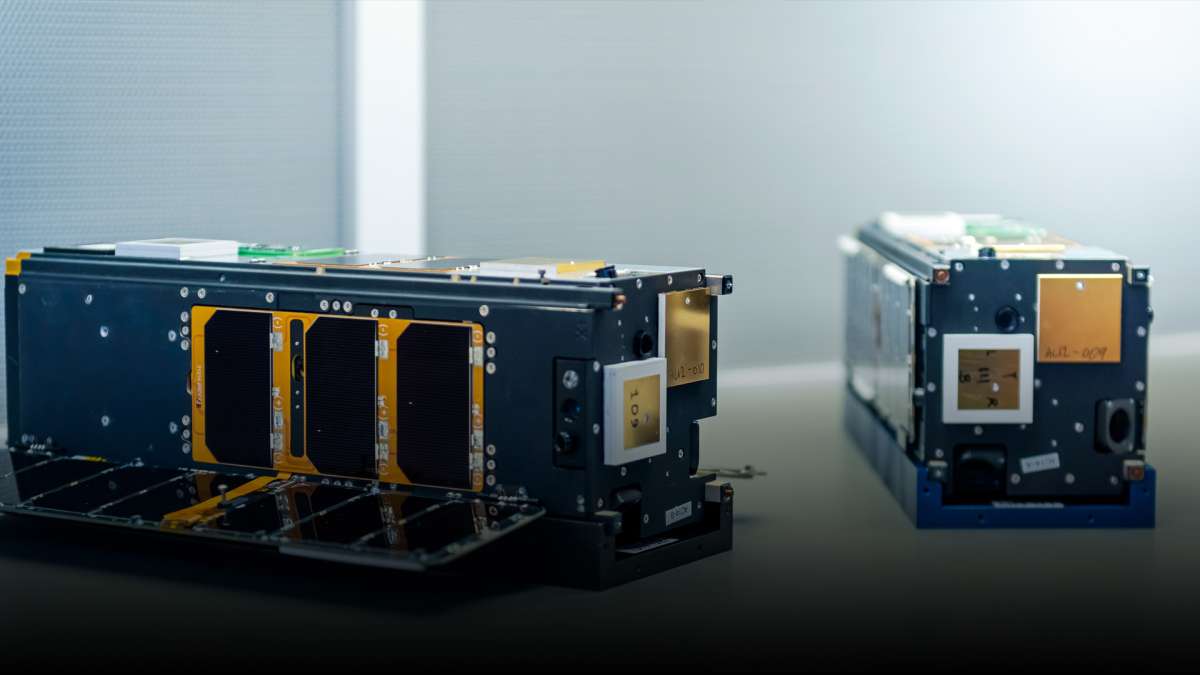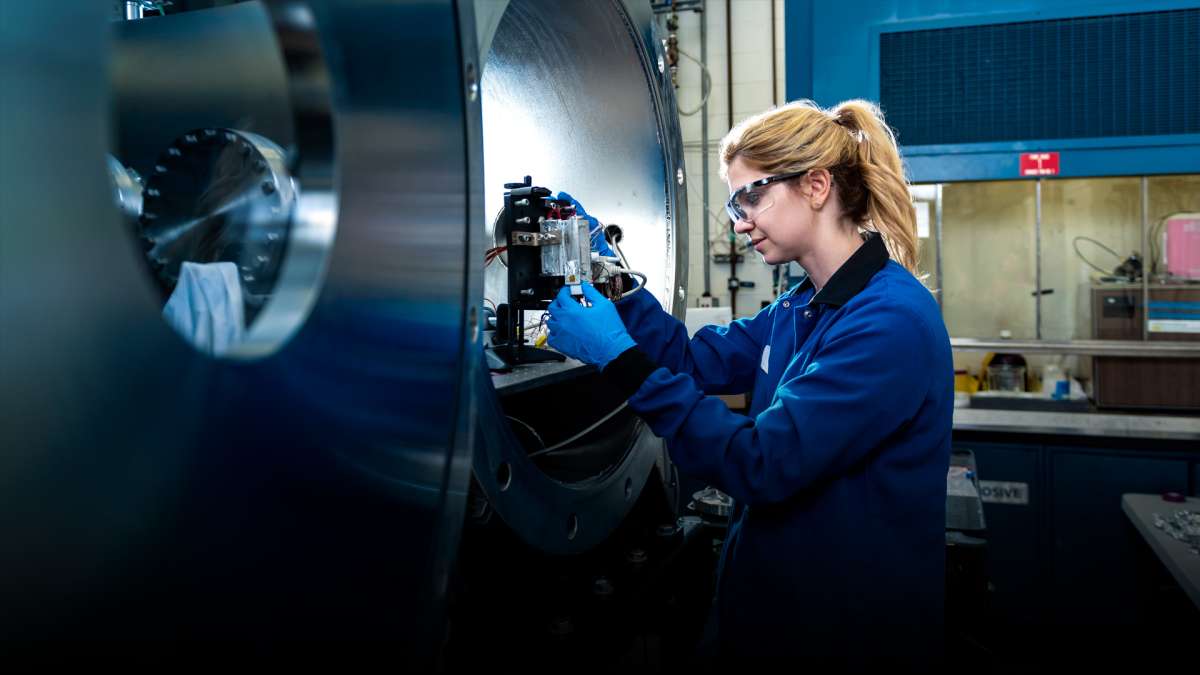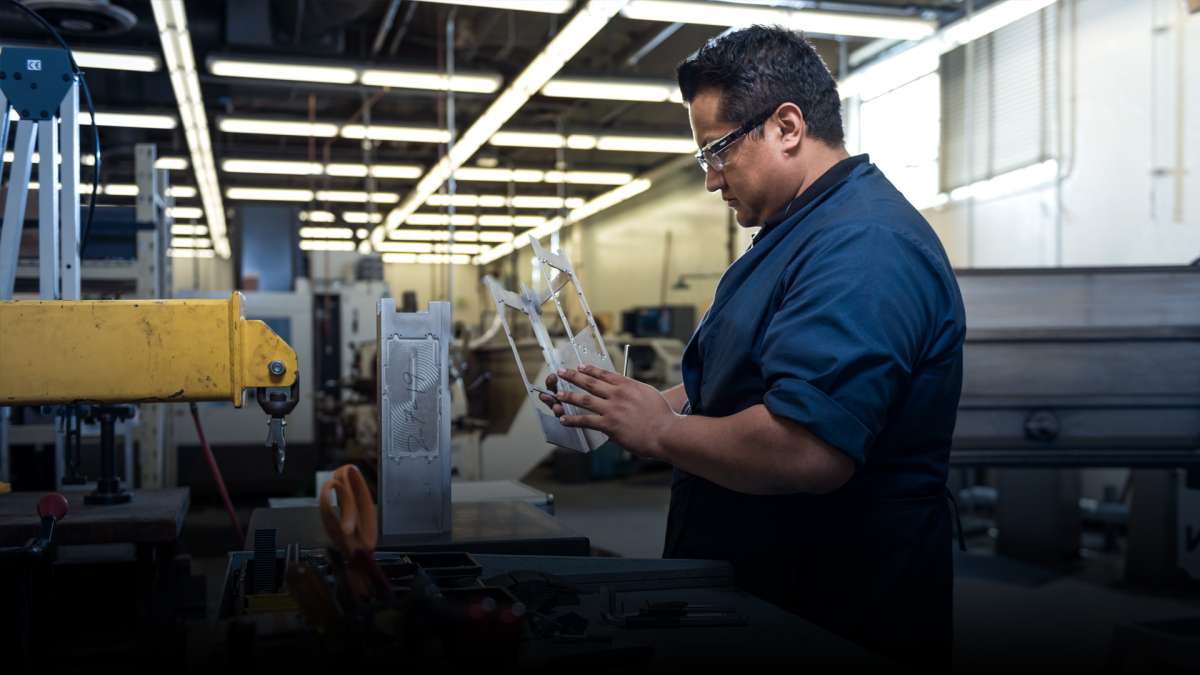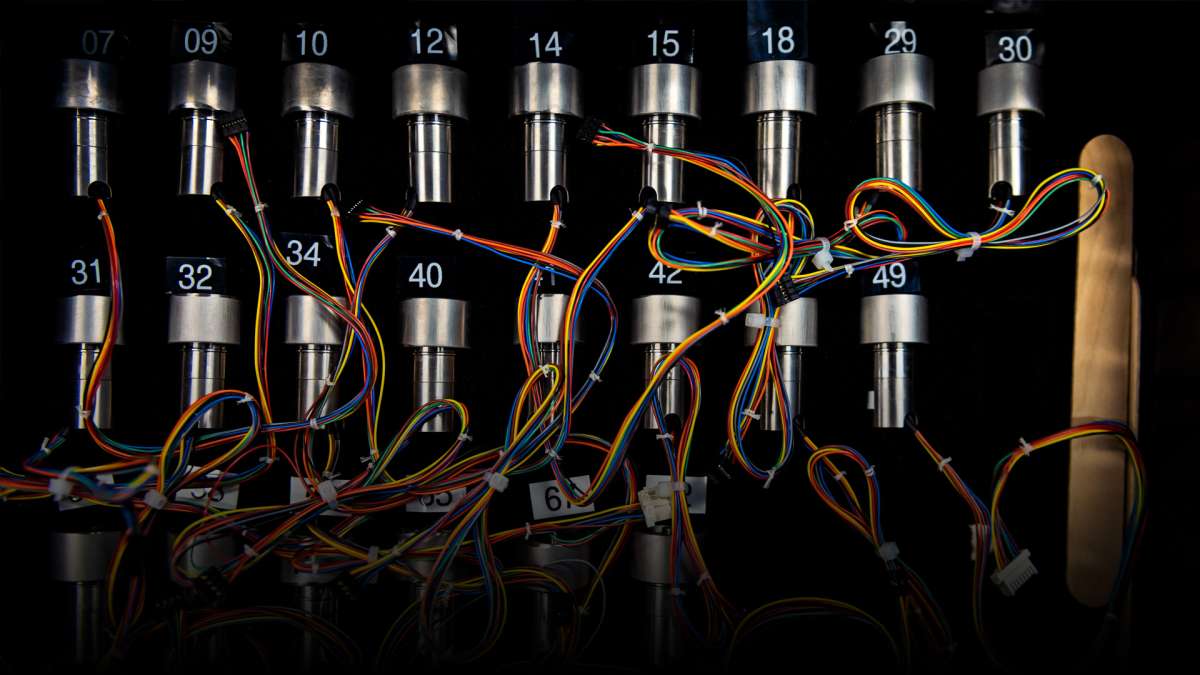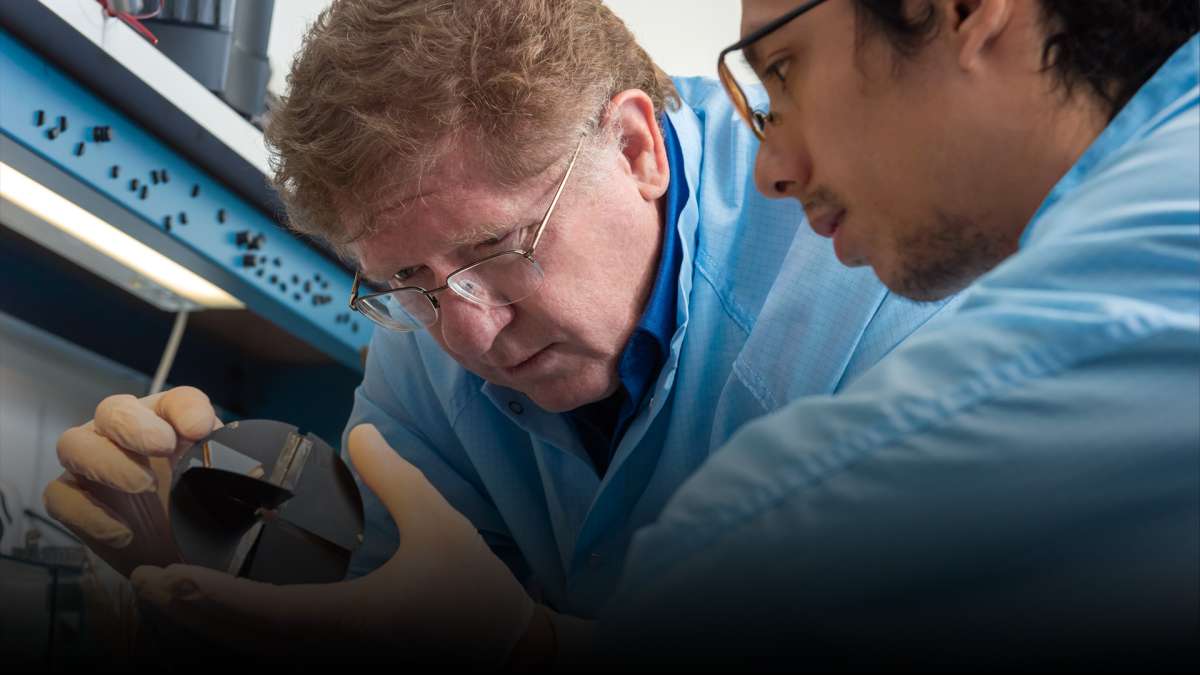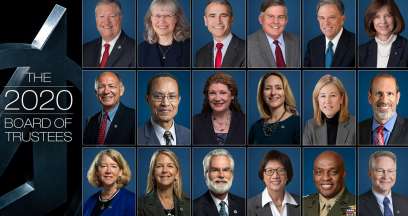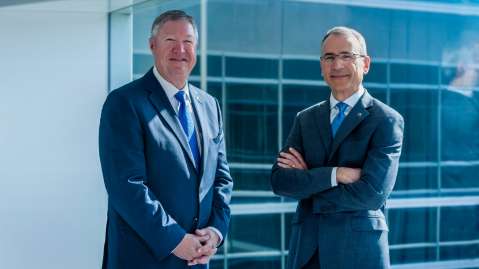
A Year In Growth
Support Where It's Needed Most
This past year saw growth across Aerospace’s network of campuses, including continued expansion at our Colorado Springs, Albuquerque, and Huntsville locations.
- MISSION SUCCESS
-
There’s no room for failure when it comes to critical national security space missions.
As it has throughout its history, Aerospace continues to play a trusted role in providing the technical expertise and diligence to ensure mission success for all types of launches.
- OUTPACING THE THREAT
-
Threats to critical space assets continue to multiply, with adversaries large and small looking for new ways to disrupt satellites on orbit.
Our nation’s security depends on a robust response, and Aerospace is playing a key role in helping our partners outpace the threat by developing new technologies and ideas that will help build a more resilient space architecture.
- INNOVATION
-
Advancing state-of-the-art technologies has long been at the core of Aerospace’s mission, but the rapidly evolving space landscape requires us to push the speed of innovation even further.
Through initiatives like iLab, Aerospace is fostering a culture of innovation that encourages risk-taking and creative thinking. Our xLab is a hub of rapid prototyping expertise, utilizing the latest techniques to quickly insert the latest technologies into the space enterprise.
- SPACE POLICY
-
Making sense of this complex time requires the right mix of expertise and vision to identify the key dynamics that will drive the space enterprise forward.
Experts at Aerospace’s Center for Space Policy and Strategy are on the front lines of this rapidly approaching future, providing trustworthy analyses and critical insights to inform and shape decision-making at the highest levels of government and industry.
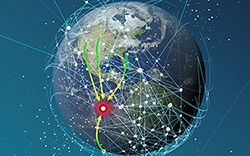
Transforming National Security Space to Outpace the Threat
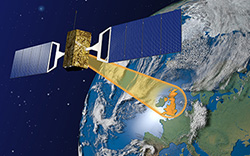
Making Sense of Brexit’s Impact on U.K. Space Leadership

How On-Orbit Servicing Can Change the Space Paradigm
The Brightest Minds of Today
Our collective expertise spans from math, chemistry, and physics to mechanical, aeronautical, and electrical engineering, drawn from private industry, academia, and government talent pools. More than two-thirds of Aerospace’s technical staff holds an advanced degree, with 788 holding a Ph.D. in their respective fields.
Together, Aerospace’s technical staff have an average of 26 years of technical experience, with many finding a long-term home with the company to grow their careers and maximize their impact.
About The Aerospace Corporation


